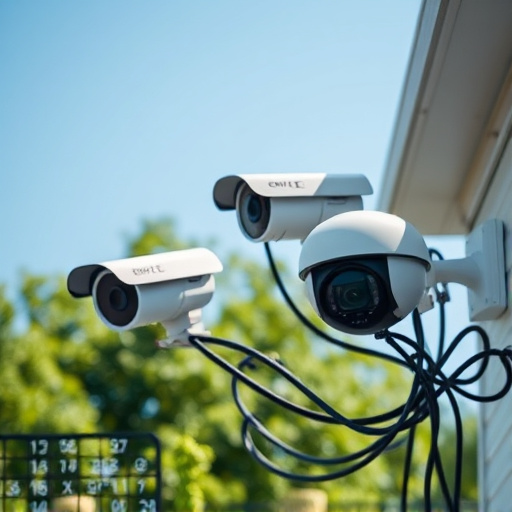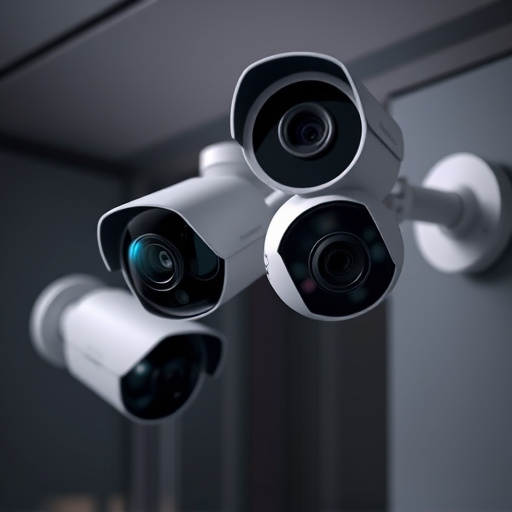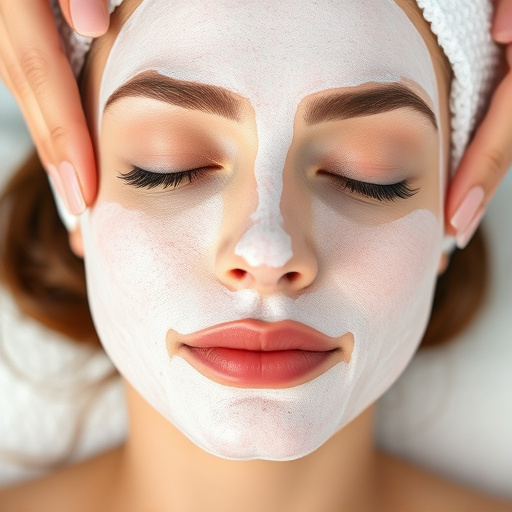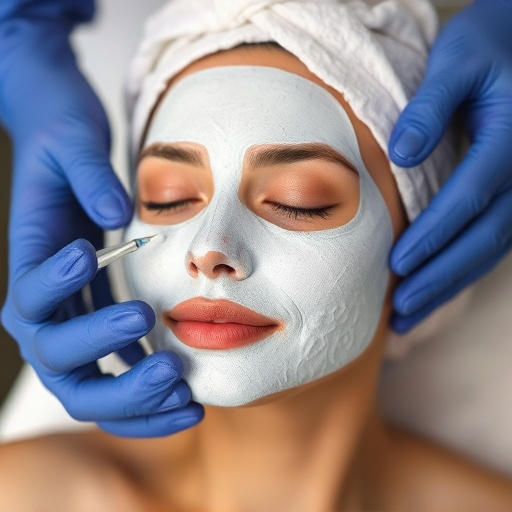Comprehensive skin analysis devices, leveraging AI and high-res imaging, offer at-home skincare insights. While convenient, their reliability lags behind professional assessments. Factors like sensor quality and user technique impact accuracy, requiring proper usage and device adaptation for personalized routines. Regular calibration ensures longevity and performance improvements in these tools.
Are at-home comprehensive skin analysis devices a game-changer for your skincare routine, or just hype? This article dives into the world of these innovative tools, offering insights on how they work and whether they deliver reliable results. We’ll explore the technology behind comprehensive skin analysis, compare at-home performance to professional standards, and uncover factors impacting accuracy. By understanding these aspects, you can make an informed decision about incorporating such devices into your skincare regimen.
- Understanding Comprehensive Skin Analysis Technology
- Comparing At-Home Devices to Professional Results
- Factors Affecting Device Reliability and Accuracy
Understanding Comprehensive Skin Analysis Technology
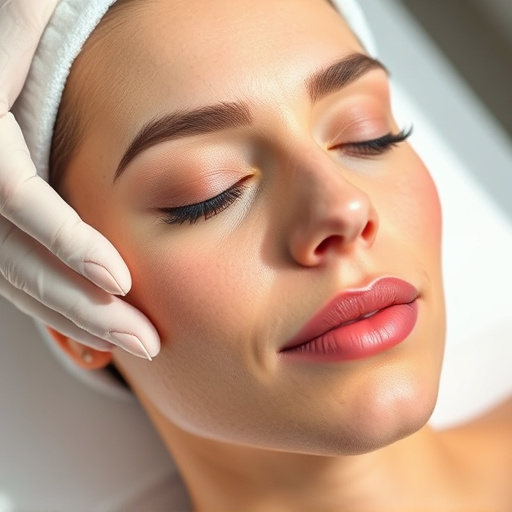
Comprehensive skin analysis devices have revolutionized at-home skincare routines by offering a deeper understanding of your skin’s unique needs. These innovative tools utilize advanced technology, such as artificial intelligence and high-resolution imaging, to analyze various aspects of your skin’s health. They scan for everything from texture and tone variations to signs of aging, acne, or other skin conditions. By breaking down complex data into actionable insights, these devices empower users with knowledge, enabling them to make informed decisions about their professional skincare routines.
Through non-invasive methods, at-home comprehensive skin analysis devices provide a more accessible and cost-effective alternative to professional in-person assessments. They can detect subtle changes in your skin’s condition over time, promoting consistent skin health. Moreover, by identifying specific concerns, these tools often suggest personalized product recommendations or treatment protocols, including suggestions for hydrating facials or other targeted therapies, ensuring a more tailored skincare approach.
Comparing At-Home Devices to Professional Results

At-home comprehensive skin analysis devices have gained significant popularity, promising users a professional-level understanding of their skin’s health and condition without leaving the comfort of their homes. While these gadgets offer convenience and accessibility, it’s essential to question their reliability when compared to professional results. Studies show that some at-home devices can provide valuable insights, especially in detecting basic skin concerns like pigmentation issues or signs of aging. However, they often lack the depth and precision of in-clinic assessments conducted by dermatologists or estheticians.
Professional comprehensive skin analysis involves a multi-faceted approach, including advanced technology such as high-resolution imaging, spectrophotometry, and specialized tools for measuring skin texture, elasticity, and hydration levels. These methods enable experts to create personalized skincare plans tailored to individual needs, focusing on specific facial treatments and anti-aging strategies. While at-home devices can offer a glimpse into your skin’s condition, they may not capture the full complexity of skin issues, especially when it comes to more advanced or complex cases.
Factors Affecting Device Reliability and Accuracy
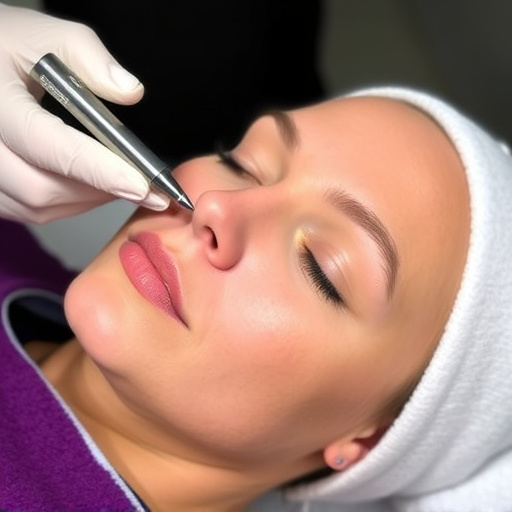
The reliability and accuracy of at-home comprehensive skin analysis devices can be influenced by several factors. Firstly, the quality and sophistication of the built-in sensors play a crucial role. Advanced sensors capable of capturing detailed data on skin texture, tone, and moisture levels will yield more precise results. Additionally, user error is another consideration; following the device’s instructions meticulously and maintaining proper contact during scanning can significantly impact the analysis’ accuracy.
Another factor to keep in mind is the device’s ability to adapt to individual skin concerns. Personalized skincare routines demand tailored solutions, and some devices may struggle to provide actionable insights for specific issues like skin tightening or anti-aging treatments. Moreover, regular calibration and software updates are essential to ensure the device remains reliable over time, as technological advancements can improve its overall performance and accuracy.
Comprehensive skin analysis devices, while offering a convenient way to monitor your skin health at home, may not always provide results as precise as professional assessments. Factors like technology quality, device calibration, and individual skin characteristics play a role in their reliability. However, with proper understanding and consideration of these aspects, at-home comprehensive skin analysis can serve as a valuable tool for proactive skincare, bridging the gap between professional insights and daily self-care practices.
